Growth in Packaging Applications
The Vinyl Acetate Monomer Market is significantly influenced by the expanding packaging sector. With the rise of e-commerce and consumer goods, the demand for flexible packaging solutions is on the rise. Vinyl acetate monomer is integral in producing films and coatings that enhance the durability and aesthetic appeal of packaging materials. In 2025, the packaging segment is expected to contribute notably to the overall market growth, as companies increasingly prioritize sustainable and efficient packaging solutions. This trend underscores the pivotal role of vinyl acetate monomer in meeting the diverse needs of the packaging industry.
Rising Demand in Adhesives and Sealants
The Vinyl Acetate Monomer Market is experiencing a notable surge in demand for adhesives and sealants, primarily driven by the construction and automotive sectors. As infrastructure projects expand and automotive production increases, the need for high-performance adhesives becomes critical. In 2025, the adhesives segment is projected to account for a substantial share of the market, reflecting a growing preference for vinyl acetate-based products due to their superior bonding properties. This trend indicates a robust growth trajectory for the Vinyl Acetate Monomer Market, as manufacturers seek to innovate and meet the evolving requirements of end-users.
Increasing Focus on Sustainable Products
The Vinyl Acetate Monomer Market is witnessing a shift towards sustainability, as manufacturers and consumers alike prioritize eco-friendly products. This trend is evident in the development of bio-based vinyl acetate monomers, which are derived from renewable resources. As regulatory frameworks tighten around environmental standards, the demand for sustainable alternatives is likely to grow. In 2025, the market for bio-based products is anticipated to expand, reflecting a broader commitment to sustainability within the Vinyl Acetate Monomer Market. This shift not only aligns with consumer preferences but also positions companies favorably in a competitive landscape.
Expanding Applications in Textiles and Coatings
The Vinyl Acetate Monomer Market is experiencing growth due to its expanding applications in textiles and coatings. The versatility of vinyl acetate monomer allows for its use in various formulations, enhancing the performance of textile products and coatings. As the demand for high-quality textiles and protective coatings increases, the market for vinyl acetate monomer is likely to expand. In 2025, the textiles and coatings segment is projected to contribute significantly to the overall market, reflecting the ongoing innovation and development within the Vinyl Acetate Monomer Market.
Technological Innovations in Production Processes
The Vinyl Acetate Monomer Market is benefiting from advancements in production technologies that enhance efficiency and reduce costs. Innovations such as continuous production processes and improved catalysts are enabling manufacturers to optimize their operations. These technological advancements are likely to lead to increased production capacities and lower environmental impacts. In 2025, the market is expected to see a rise in the adoption of these technologies, which could result in a more competitive landscape. This evolution in production methods is crucial for sustaining growth within the Vinyl Acetate Monomer Market.
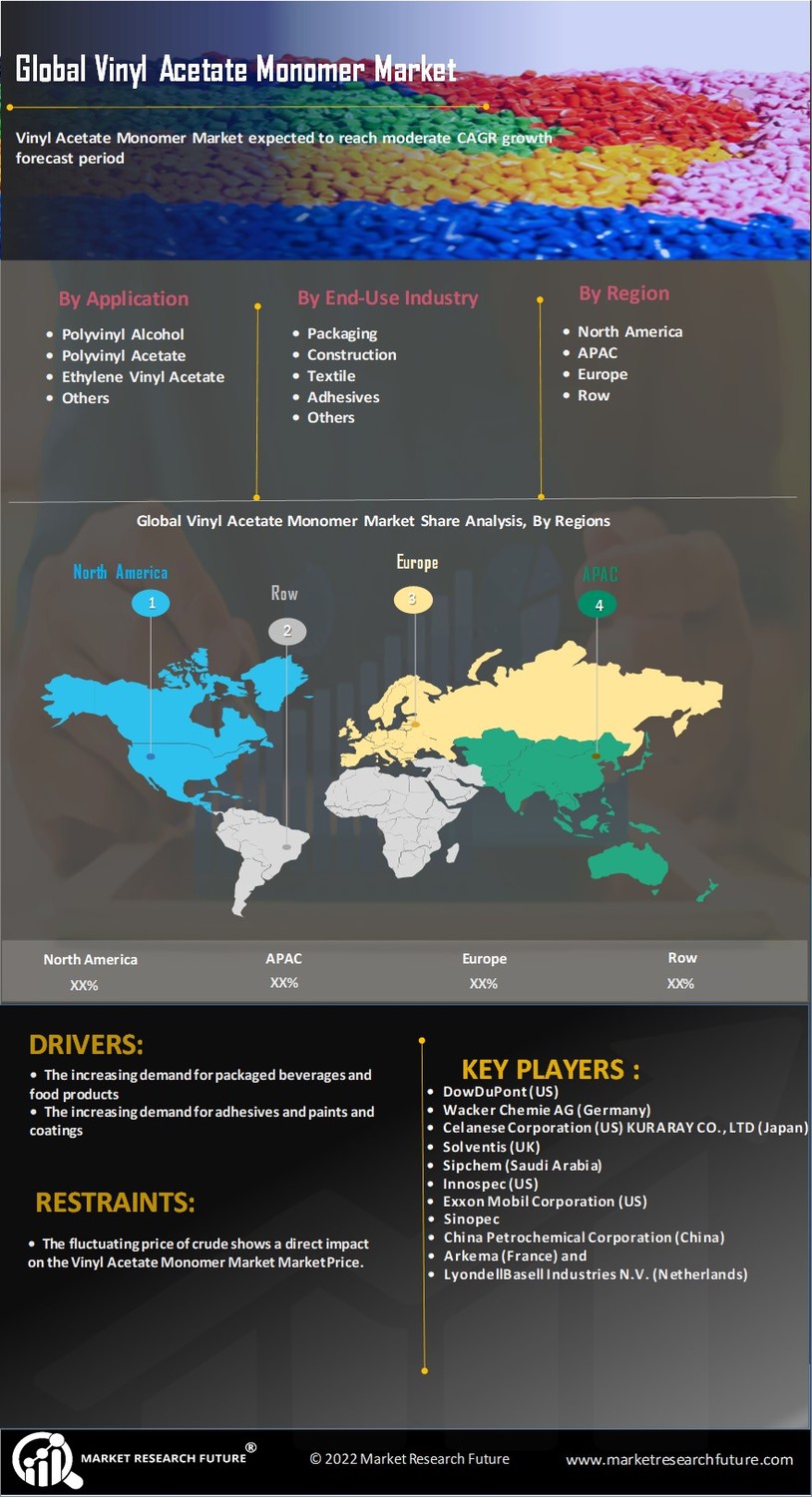

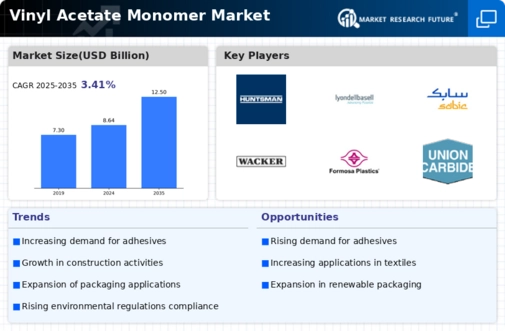
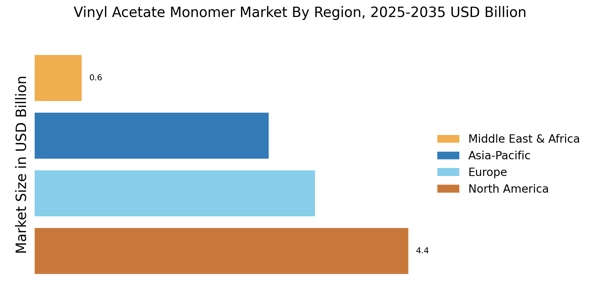

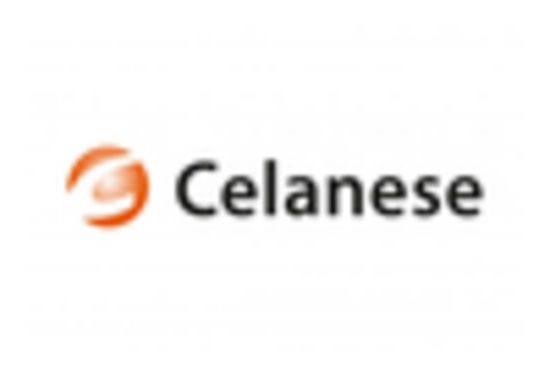

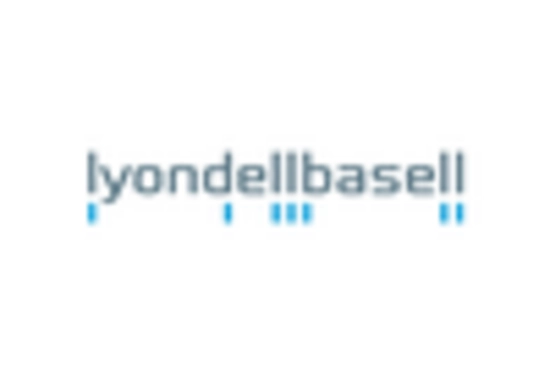

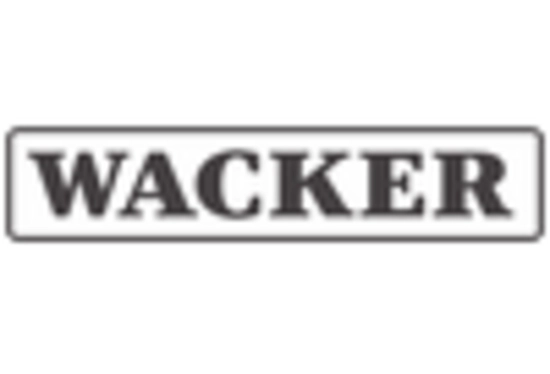








Leave a Comment